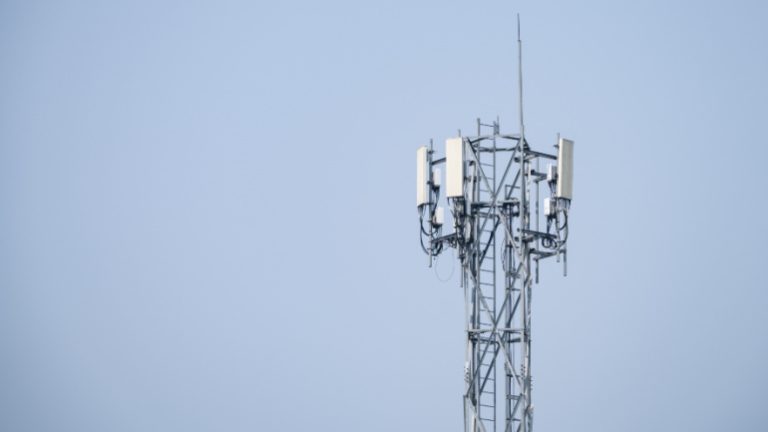
At the recent “5G Business Dialogue” during the Mobile World Congress (MWC) Shanghai 2023, industry professionals convened to discuss the progress of 5G adoption and potential future opportunities. Four years since 5G’s commercial inception, contributing speakers have painted a positive picture of its effects, indicating a firm foundation for future telecom advancements.
Among speakers was Richard Liu, president of Global Carrier Marketing and Solution Sales at Huawei, who valued the rise of 5G as 10% of the total revenue across China’s three operators. He stressed the significant change 5G had brought about – both technologically and commercially – in a short span of 4 years. “When we review the past four years’ history, you can see that 5G has no doubt already brought a big change and already brought amazing commercial results,” said Liu.
China and Asia’s telecom operators are now cashing on the rapid user migration and construction in scaling and monetizing Enhanced Mobile Broadband (eMBB) services. Liu attributes this success to ‘fast migration and industrial digitalization’. Ranging from the speed increase by five times compared to its 4G counterpart to advancements like the Naked-eye 3D and 5G New Calling, China Mobile 5G exemplifies the future of telecoms.
Ranging from the B2X solutions, mMTC to passive IoT, advancements are impacting telecom procedures across China. A Beijing-based company under the B2X area developed 200 driverless vehicles for logistics and distribution. In Guangdong, China Unicom has released a 5G live show bundle, gathering an impressive 200,000 subscribers in just a year.
The 5G Business Dialogue served as a platform to reveal the array of services 5G provides. As China Mobile and Huawei jointly prepare to create a ‘flexible, self-breathing network’ for the Asian Games being held in Hangzhou, the innovation 5G brings into the mix is evident. It adds versatility to network resource allocation, as explained by General Manager of China Mobile Hangzhou, Wang Wensheng, thereby improving end-user experience considerably.
Pan-Asian Adoption of 5G also featured heavily in the dialogue, with prominent growth observed in countries like Indonesia and the Philippines. Darius Delgado, head of the consumer mobile business for Globe Telecom in the Philippines, hailed 5G for its revolutionary potential akin to 4G. “One third or one fourth of the customers come from 5G already. So it’s great growth, even though we have invested slowly in it while balancing or trading off investments in 4G,” expressed Delgado.
However, the dialogue was not limited to the present state of 5G. Richard Liu from Huawei shared his vision of the future of 5G – “5.5G”. Considering the evolution of telecommunications, he sees 5.5G as a natural progression from its predecessor. Liu urged stakeholders to work collectively to usher this new era of technology, “fulfill the vision, fulfill the self-confidence, and move 5G from good to great.” With such plans at this stage, we cannot help but look forward to the transformative innovations the telecom industry is set to bring.




